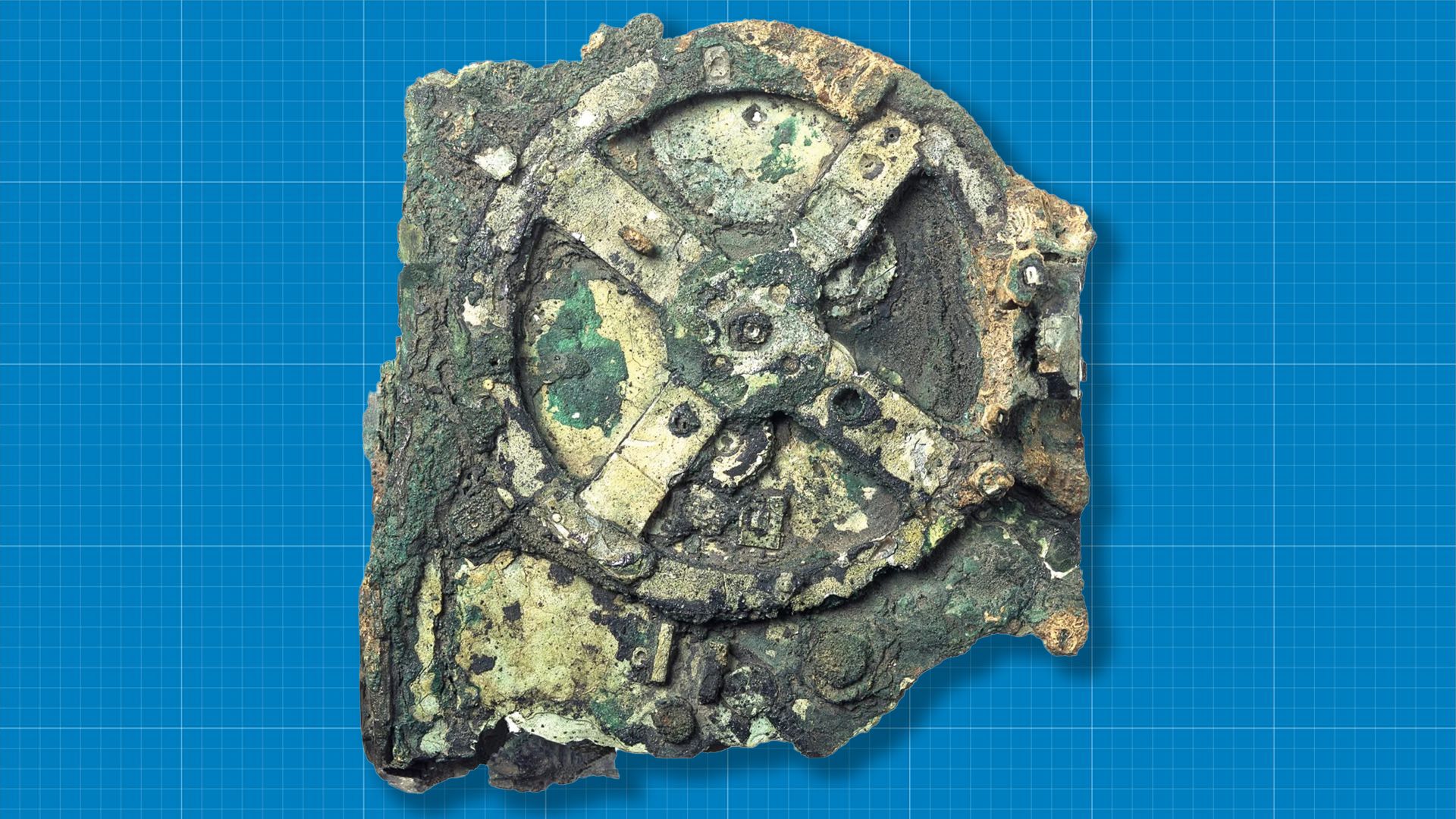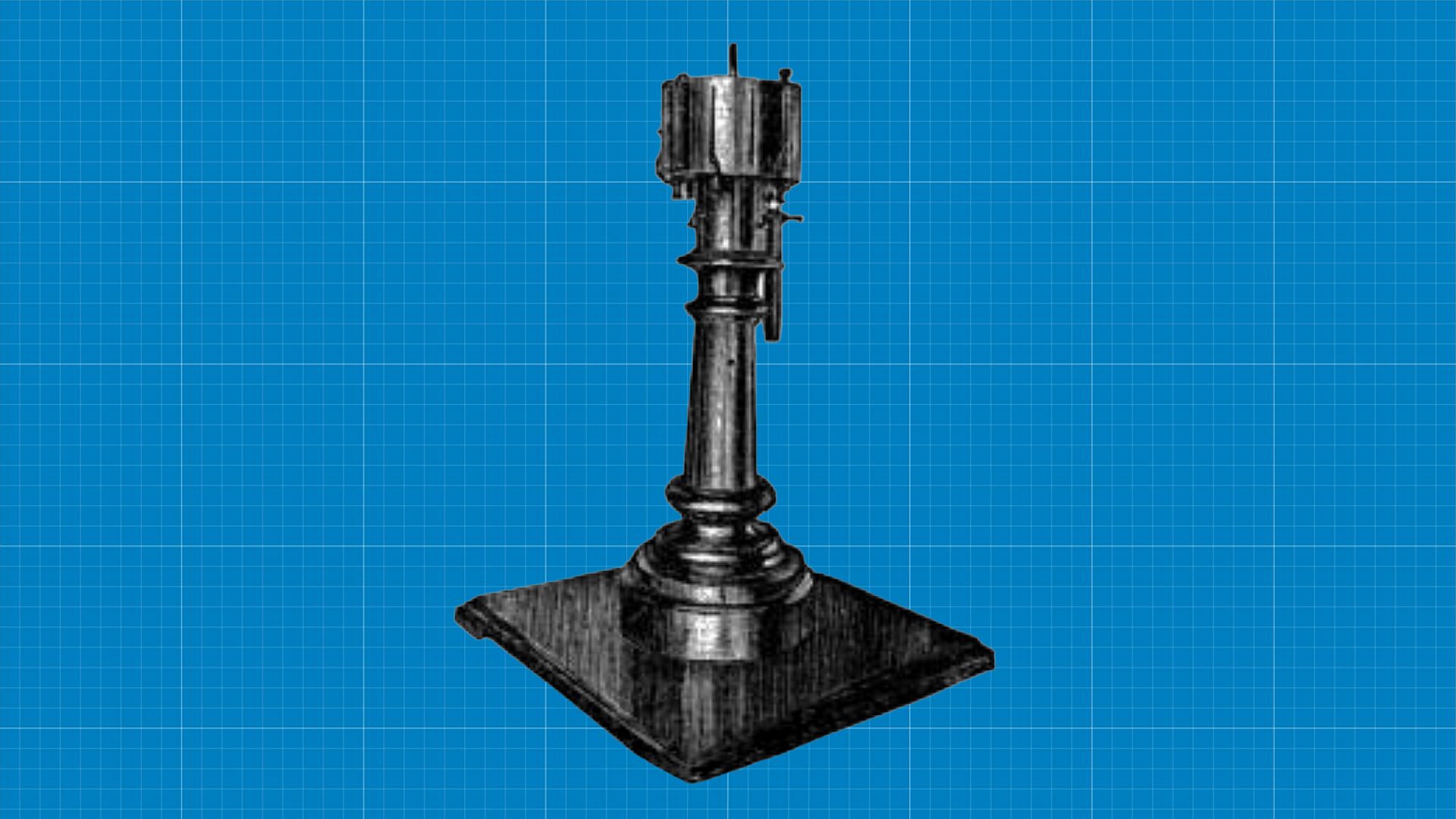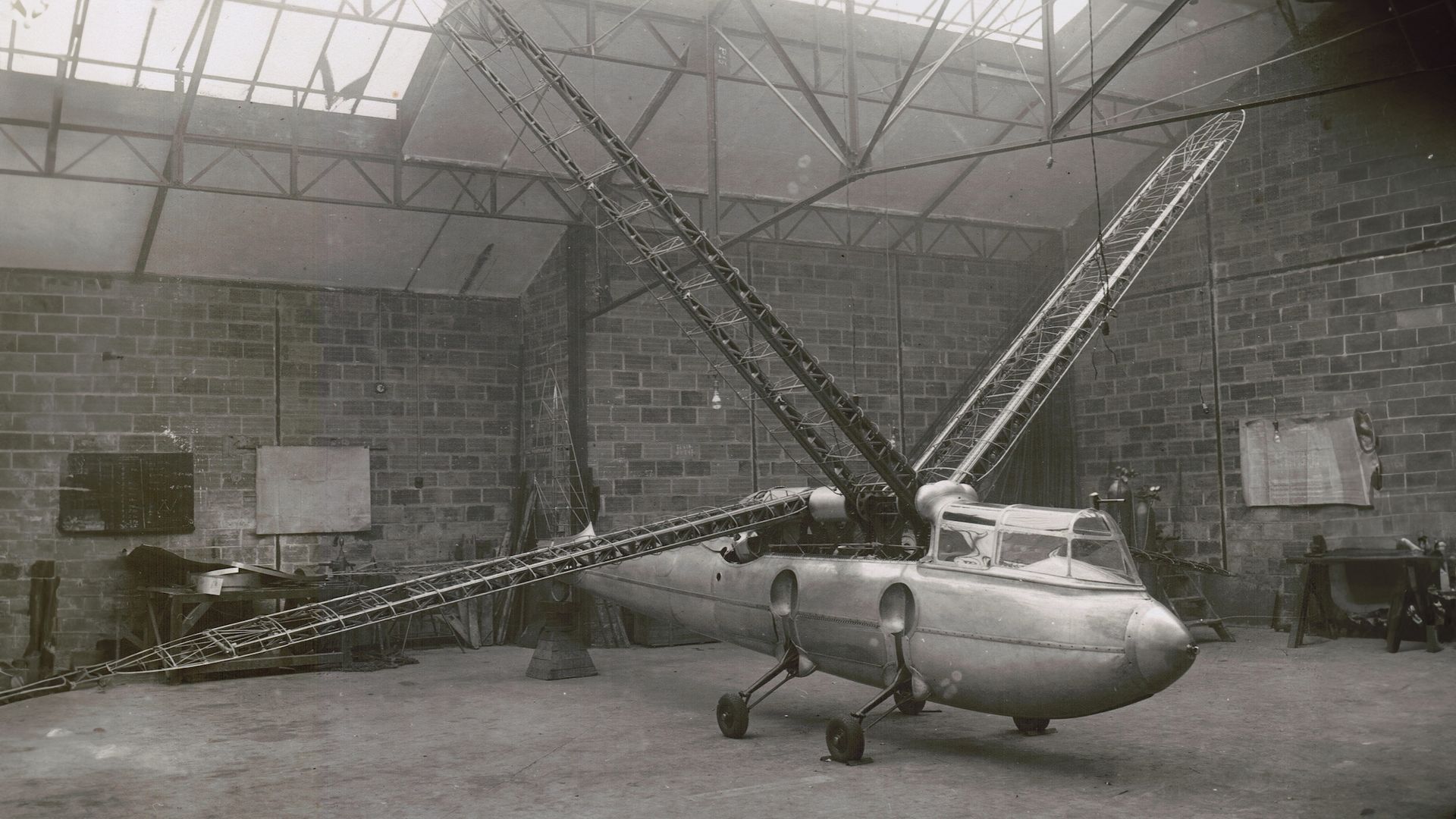- Inventors throughout history created machines that were unexpected.
- Some of these attempted to harness the knowledge of the stars while others looked to power human movement through land and air.
- Most of the whackiest machines were impractical but some are still made to this day.
Humankind has been trying to produce machines for thousands of years, with ancient cultures figuring out how to automate religious, military, or agricultural tasks. While practical needs usually drove the inventors, understanding how to make something for the first time inevitably led to mistakes and unexpected complications, resulting in strange machines.
As progress moved forward, machines and the reasons for making them became ever more complex, with borderline weird ideas being turned into reality by various creative minds around the world.
While what seems “strange” is largely in the eye of the beholder, here’s a list of some of the most unique, impractical, way-too-over-the-top, or just plain mysterious and wacky attempts at making machines.

1. Antikythera mechanism
One of the most unexplained machines of antiquity is the so-called “Antikythera mechanism,” discovered in 1901 in the wreckage of a Roman cargo ship by sponge divers near the island of Antikythera. This device, which dates back to between 205 and 87 BC and whose exact purpose has baffled scientists since then, was featured prominently in the recent Indiana Jones movie “The Dial of Destiny.”
Some possible explanations of what the machine does include it being an astronomical calculator or an orrery – a mechanical model of the Solar System that tracked the cycles of celestial bodies like the Moon and Earth as well as other planets. It’s also been described as the oldest analog computer, used for astronomical predictions like the timing of future eclipses.
When it was found, the device was inside the remains of a wooden-framed case. Conservation work identified 82 separate fragments of the mechanism, with the largest gear being about 5 inches (13 cm) in diameter and originally having 223 teeth.
The front face of the mechanism has a fixed ring dial showing the orbital plane of Earth around the Sun and the 12 signs of the zodiac, arranged in equal 30-degree sections. The outside of the dial has another ring that can be rotated, designated with the months and days of the Sothic Egyptian calendar, as well as 12 months with 30 days each and some extra days.
Rotating the ring with the Egyptian calendar can match zodiac points. The mechanism is operated by turning a small hand crank connected to the largest gear through a crown gear. This could move the date pointer on the front dial.
Whatever it is, the Antikythera mechanism is the most complex machine we found from that period—it’s simply unlike anything else. This fact has given much life to conspiracies and fantastical explanations, such as that it was created by Archimedes (as the Indiana Jones movie claimed).
2. Tsar Tank
The Russian Tsar Tank, known as Netopyr or Lebedenko Tank, was a huge war machine. The designers and scientists Nikolai Lebedenko, Nikolay Yegorovich Zhukovsky, Boris Stechkin, and Alexander Mikulin engineered this largest armored vehicle in history. The project originated in 1914, but in 1915, it was canceled after unsatisfactory first tests showed the machine didn’t have enough power and was a big target for artillery fire.
Nonetheless, the tank continued to ignite the imagination, considering that its two front spoked wheels were almost 30 feet (9 meters) in diameter and powered by a 240 hp Maybach engine—one of the most powerful of its time. According to Lebedenko, the wheels were too large to aid in going over bumps and ditches. A smaller third wheel in the rear was 1.5 meters (5 ft) high. The machine’s top speed? 10 mph.
The tank also featured an 26 feet (8 meters) high canon turret while its hull was 12 39 feet (12 meters) in width, sporting another two cannons. Extra weapons were also considered for its underbelly.
The tank was reportedly demonstrated to Tsar Nicholas II as a wooden model with an engine borrowed from a gramophone. The model worked very well on the carpet, going over books.
However, when the impressed Russian leader ordered further project development, it encountered issues. Even though its gigantic wheels were supposed to overcome big obstacles, the small wheel got stuck in soft ground due to the wrong weight distribution. This happened almost at the beginning of the tests, which continued throughout 1915 until the project was eventually canceled.
3. Tesla’s Earthquake Machine
Genius inventor Nikola Tesla produced a wide variety of designs and creations, with some quite outlandish ideas seeing the light of day. While he originally created an oscillator to generate electricity, he claimed later in life that a version of this machine was able to produce earthquakes.
The original oscillator Tesla devised used steam, which was forced into the oscillator and then exited through ports while causing a piston to move up and down. The piston was connected to an armature, which made it vibrate at high speed, generating electricity.
Tesla made different versions of the device, looking at how to replace reciprocating steam engines that were employed in turning generators and were quite inefficient. At one party in 1935, however, the inventor claimed that one such oscillator version could produce intense structural vibrations and even cause an earthquake in downtown New York City.
Apparently, according to a news report at the time, the mechanism (as small as something that could fit in an overcoat pocket) did produce an earthquake near his Manhattan lab, resulting in a police and first responder appearance.
Speaking with a New York World-Telegram reporter, Tesla reportedly shared that “as he was experimenting with vibrations, the machine got in tune with the vibration of the building and caused a ‘peculiar cracking sound.’” All manner of disturbances took place, with heavy machinery flying around. This caused Tesla to grab a hammer and break the machine.
Did this actually happen? There’s not much proof of it beyond Tesla’s words. It’s possible he was looking to excite his work, saying at a party that this device could take down the Empire State Building if it were attached to a girder. He also apparently hoped to make $100 million from the machine.

4. Dynasphere
The Dynasphere, a very photogenic monowheel, was invented by an English electrical engineer, John Archibald Purves. Patented in 1930, the vehicle was actually inspired by a sketch from Leonardo da Vinci.
The wheel had a cabin inside its circumference for the driver and passenger to sit down. The June 1932 “Modern Mechanics“ issue elaborated on its inner workings. Both sides inside the wheel had tracks that ran all the way around. A motor connected to the track pulled it to itself, putting the wheel in motion.

Why didn’t it just tip over? Its center of gravity was low enough for that not to happen. As the journal explained: “ The weight of the motor and driver is sufficient to keep them always parallel with the ground—if the driving apparatus were sufficiently light, the motor might conceivably climb up the geared track instead of pulling it and the attached wheel around.”
The dynasphere could achieve 30 miles an hour with two people inside. What’s also interesting is that riding in a dynasphere likely provided a unique view. When it was moving, the lattice-work before the driver’s eyes apparently disappeared since it flashed by so quickly.
After making two prototypes of the dynasphere, Purves developed a bus version that could hold more people. Unfortunately, it wasn’t practical as it was hard to steer and brake.
5. Ornihopter
An ornithopter is an unusual machine that has been created in various ways, with people still trying to make new versions. It allows humans to fly like birds or insects, and it stays airborne by literally flapping its wings.
Some larger ornithopters are crewed, piloted, and powered by engines, but small-scale versions are just for one person, who has to provide the flapping.

The history of ornithopter designs goes back at least a thousand years, with reports of a 9th-century Andalusian poet, engineer, astronomer, and inventor, Abbas Ibn Ferns, experimenting with powered flight.
Leonardo da Vinci also made ornithopter designs and drawings that survived. Da Vinci based his ideas on studying the birds’ flight and designing aircraft with the passengers lying down while operating the large wings through hand levers, foot pedals, and pulleys.

Various other designs have been attempted throughout the centuries, all the way to the modern day when manned and unmanned drone ornithopters are being produced for various industrial and environmental purposes.
 SHOW COMMENT (1)
SHOW COMMENT (1)










